TVS have improved the Apache RR 310 significantly. Following our racetrack experience, here is what you need to know.
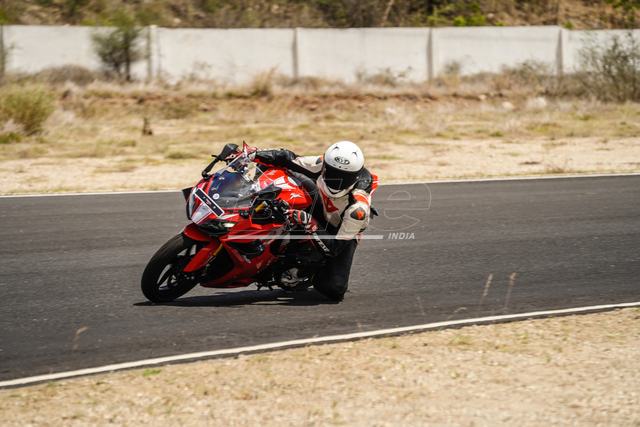
Story: Joshua Varghese
Photography: Sanjay Raikar
Back in 2017, when our Editor rode the first-ever TVS Apache RR 310, he was clear about one thing: it was among the best-handling motorcycles he had ever ridden. Seven years later, after some fast laps on the latest version of this sport bike around the CoASTT racetrack in Coimbatore (Tamil Nadu), I can confidently say that the appeal remains intact. Actually, this is easily the best RR 310 yet.
Before we get into the properly good stuff, let’s address the changes seen on the exterior. The most obvious ones are the winglets on the fairing and the transparent clutch-cover. TVS claim that the former are good for up to three kilograms of downforce. On the fast and flowing CoASTT, speeds in excess of 150 km/h were not difficult to achieve but the effect of the winglets was hardly noticeable. Interestingly, the racing motorcycle based on the RR 310 that holds the top speed record around the Chang circuit in Thailand has no winglets. The transparent clutch-cover is a nice touch. It makes for an air of sophistication and style that complements the race-inspired design well. Our primary concern is that it should not fog up over time and TVS have guaranteed against such an occurrence. While the RR 310 continues to be offered in Race Replica and red colours, the black paint scheme has been replaced by a Bomber Grey with red wheels. Certainly catches the eye.
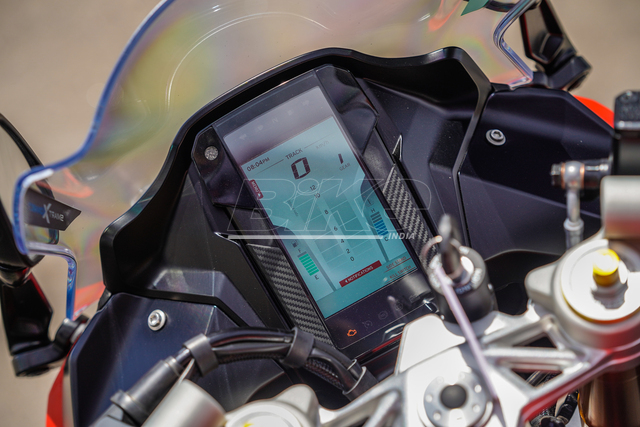
TVS used the opportunity to upgrade the instrument cluster as well. It is the same unit as before but now offers improved connectivity and more menus to navigate through thanks to the updated electronics suite. The seating position of this motorcycle remains largely unchanged. Despite being 810 millimetres off the ground, it is accessible for most riders and offers an acceptable compromise between a sporty stance and everyday usability. This may be a personal observation but I found the position of the right foot on the foot-peg a bit odd. With the balls of my foot on the ‘pegs, my right heel was constantly resting on the silencer cover. It was not a deal-breaker but the difference in the degrees of freedom at either foot was noticeable.
The biggest and most significant change is certainly the engine. It is the 312-cc, four-valve, DOHC, liquid-cooled, single-cylinder as before with a few upgrades. The first of those improvements is a modified induction system. TVS claim that they have achieved more volumetric efficiency by optimizing the length of the intake, increasing the volume of the air-box by 13 per cent, and increasing the diameter of the throttle body. Furthermore, changes in the engine include a forged piston, which is 10 per cent lighter, and new camshafts. Now the engine develops 38 hp at 9,800 revolutions per minute (rpm) and a peak torque of 29 Nm at 7,900 rpm; which is four hp more, 100 rpm later, and almost two Nm more and 200 rpm earlier. It is supposed to be good enough to go from 0 to 100 km/h in 6.74 seconds and then on to a top speed of 164 km/h. Since they did so much anyway, why not find a couple of more horsepower and crack the 40-hp mark? They have a race machine that develops 60 hp, so it seems like a reasonable expectation.
On the fast and flowing CoASTT racetrack, the increase in power translated into greater speed achieved more easily down the straights. The track has a double-apex left-hand corner that opens out into another left turn. In fourth gear, around 6,000 rpm, I had the RR pointed at the second apex before gradually calling on full power. Even at full lean, the motorcycle responded to the input beautifully and powered towards the exit. Just before it hit the limiter, fifth gear was selected and it just carried on like it had received a fresh lease of life.
Some credit is due to the quick-shifter also. So good was its calibration that within a lap I found myself relying on it completely for both up- and down-shifts because it was just that smooth to use. Since I rode this motorcycle on track only, my time was mostly divided between Sport and Track modes. Urban and Rain have lower levels of power and torque and are expected to be good for their respective conditions which are crucial in making the RR a useful all-rounder. More on that in the road test along with some insight into the improved level of refinement.
The chassis remains the same and the BTO motorcycle we tested had the adjustable suspension. Both the USD fork and the monoshock offer both preload and rebound adjustment but compression settings are only available at the front. Handling continues to be this motorcycle’s highlight. It is what it will be known for. While its agility and eagerness to get on to the sides of the tyres are impressive, its stability while leaned over is what we appreciated the most. In long left-hand corners where the motorcycle hit the rev-limiter before the exit, I usually entered in a higher gear as a work-around. So stable was the RR through such corners that after a couple of laps I tried shifting up just as I picked up the motorcycle and it simply did so without so much as a shake or moment of doubt.
Such confidence encourages a rider to push further because it creates a curiosity about where the limits lie. Even more so because of the faultless grip provided by Michelin Road 5 tyres. Sure enough, in this endeavour there were times when I found myself at a corner entry with too much speed but almost no panic. The brakes are good: potent and rich in feedback. The addition of cornering ABS only makes them more reliable in times of need. So I was able to scrub off the excess speed without fuss and carry on undaunted.
Which brings us to the next big change: the addition of a six-axis Inertial Measurement Unit (IMU). Did the RR need one? The simple answer is no. Has the addition made it better? Certainly, because most of my time on track was spent with the electronics on and, honestly, I was barely aware of its existence. That’s good calibration. Even with all of it off, the RR doesn’t lose its composure but the features on offer certainly provide good value for a beginner. Of the lot, we found cornering traction control and cornering ABS most useful.
The RR also gets cruise control with cornering function which seemed to work well enough on the track but a real-world test is pending.
The motorcycle we tested was the BTO with Dynamic Pro kit which is why it had the adjustable suspension and advanced electronics suite. There’s a more affordable Dynamic package that offers a similar equipment list minus the advanced electronics. Both kits also offer a tyre pressure monitoring system and a brass-coated drive chain. The former is particularly useful because it alerts the rider to low tyre pressure through the display and even via smartphone. Fancy.
We feel experts who ride on the track should go for the Dynamic kit while beginners who want to improve quickly should invest in the Dynamic Pro. The standard model remains to be tested, but apart from the changes in the engine and the basic electronics package, there seems to be nothing new about it.
The price of the TVS Apache RR 310 starts at Rs 2.75 lakh but you don’t even get the quick-shifter at that price. For the top-spec bike in red colour, one has to shell out Rs 2.92 lakh, plus Rs 16,000 for the Dynamic Pro kit. For either of the two remaining colours, one will have to pay extra.
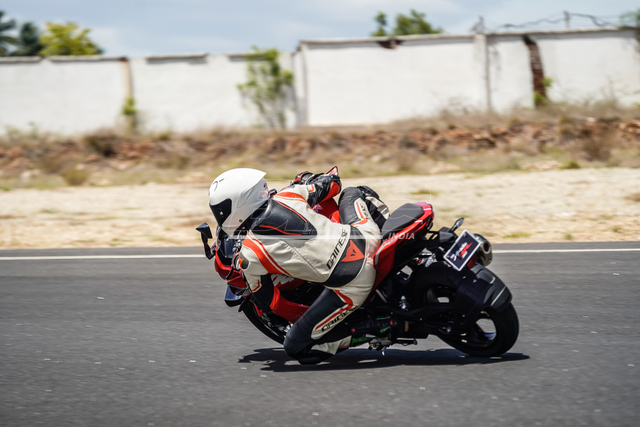
The RR 310 was a motorcycle with great handling and it still is. Now it makes more power and has more electronics, all of which only make it better. Having ridden this motorcycle at the racetrack and experienced its capability, we think highly of it but such an experience may be difficult to come by after a short test-ride. A lower price tag would have significantly improved its chances. Or test-rides should be conducted on the racetrack. Wishful thinking on my part?
Watch the full review here:
Also Read: BMW R 1300 GS Review – Against the Tide

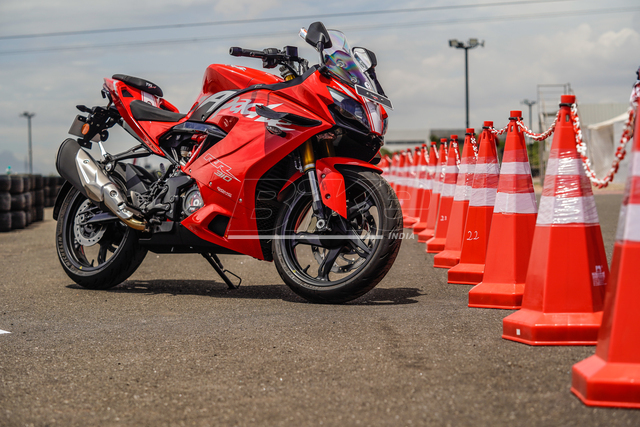
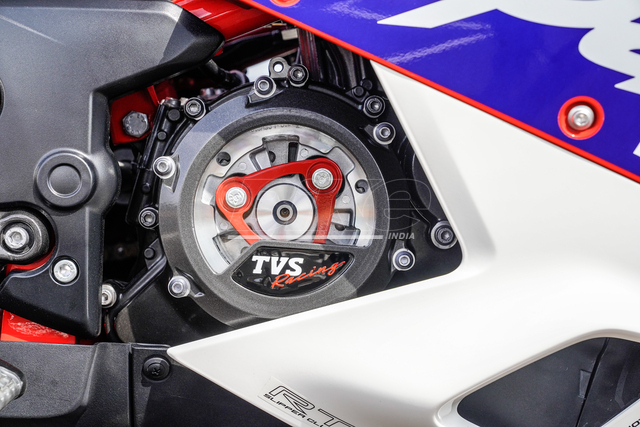
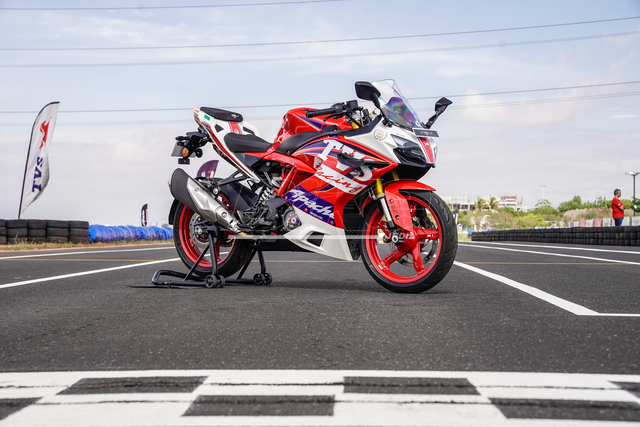
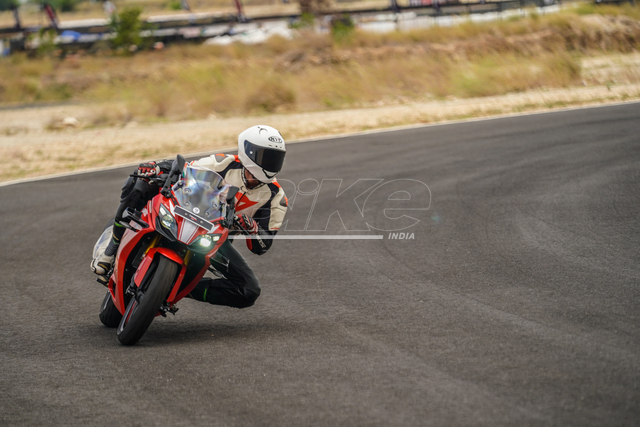
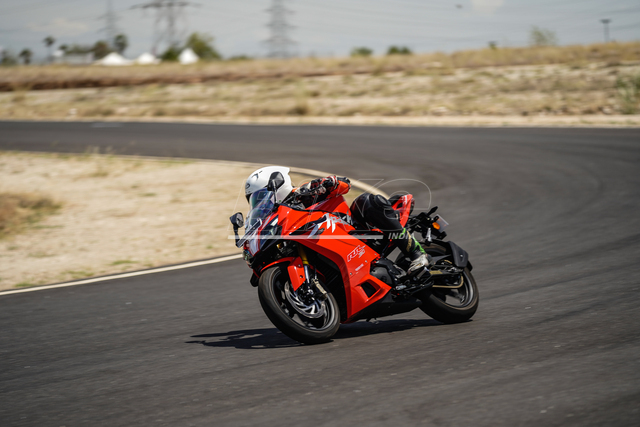
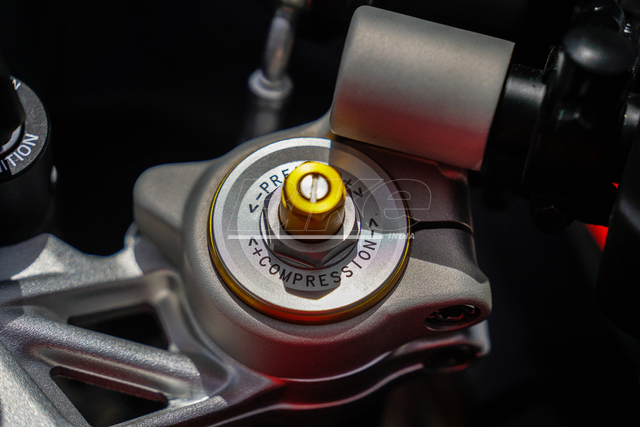
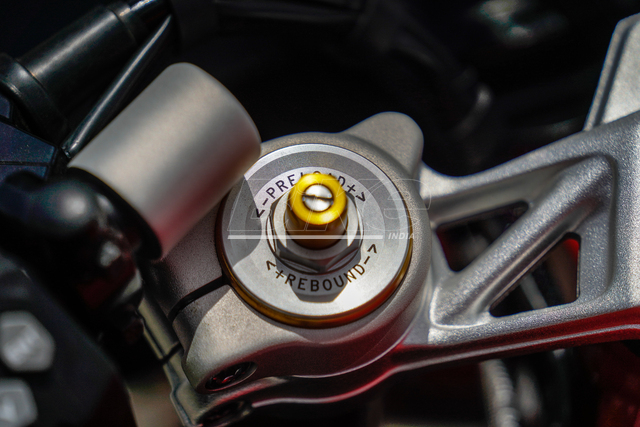
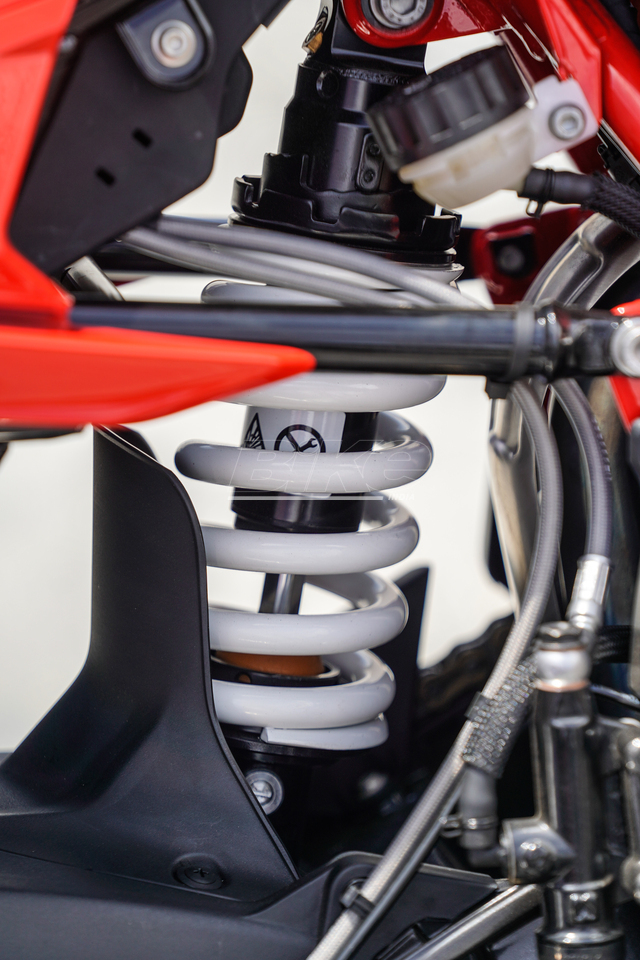

Leave a Reply